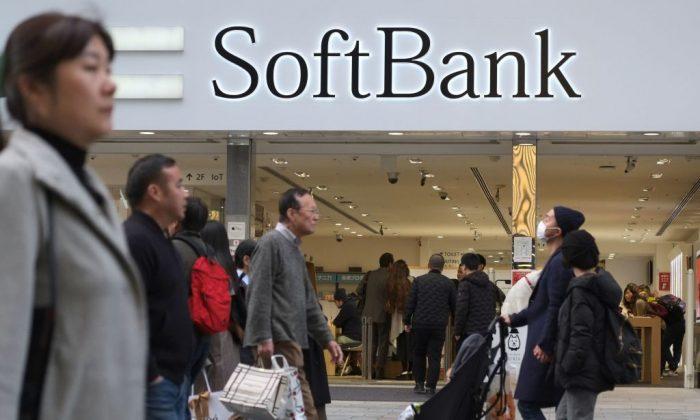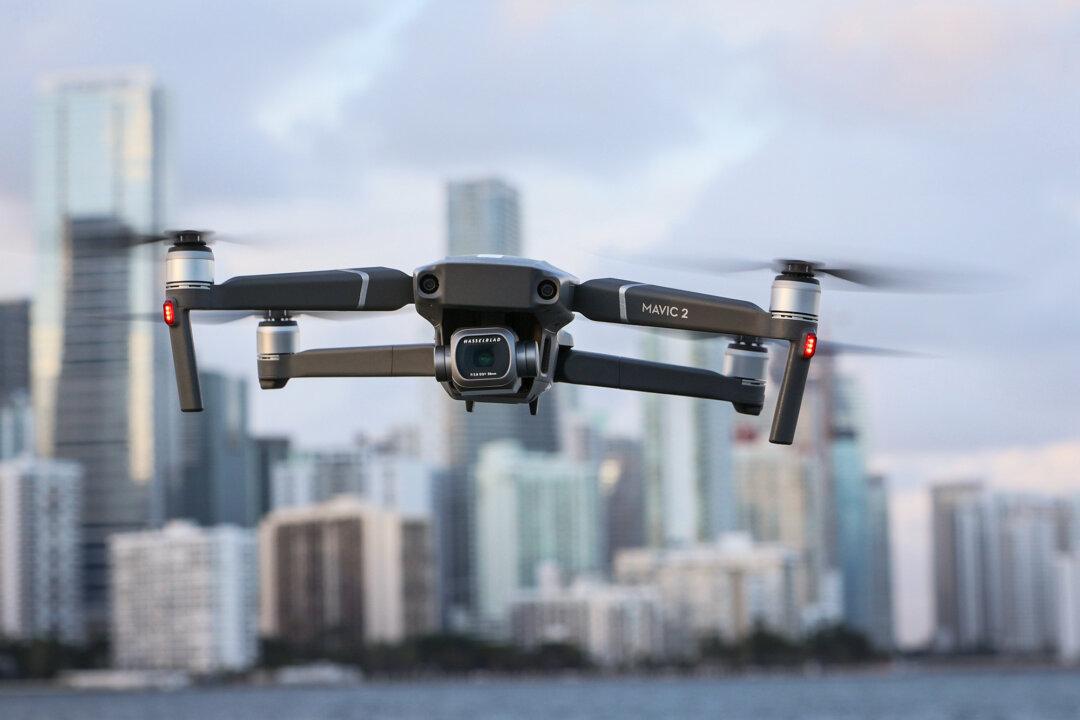Softbank, a Japanese telecom company, has now officially excluded its long-time supplier and Chinese tech giant Huawei for its 5G deployment in Japan.
Nokia and
Ericsson have been chosen instead as the “primary partners” for the next-generation wireless network 5G, according to two separate press releases by the two Scandinavian companies.
Huawei is now facing a U.S. export ban, after the U.S. Commerce Department added the firm and its affiliates to an “Entity List,” effectively preventing it from doing business with U.S. organizations and firms.
Finland-based Nokia said in its statement that its 5G radio access solution called
AirScale would be adopted by Softbank for the latter’s radio access networks (RAN), which allow mobile users to connect to 5G networks.
“We are delighted to continue our long-term relationship with SoftBank,” John Harrington, head of Nokia Japan, said in the statement. “We are committed to help SoftBank launch their commercial 5G network.”
Japanese media
Nikkei had first reported last December that Softbank, along with three other major Japanese telecoms providers NTT Docomo, KDDI and Rakuten, decided not to use Chinese 5G tech, without citing a source. The latest news confirms Softbank’s decision.
Days prior to that report, the Japanese government had announced a planned ban, forbidding the purchase of Huawei and ZTE equipment, in order to bolster the country’s defense against intelligence leaks and cyber attacks, according to
Reuters. ZTE, another Chinese telecom firm, is Huawei’s chief domestic competitor.
Nokia said in its statement that it has now 38 5G commercial contracts worldwide. Recently, Huawei’s Chairman Ken Hu, while speaking at the company’s headquarters in the southern Chinese city of Shenzhen, said that the company had secured 40 commercial contracts for 5G as of March this year, according to
Reuters.
Sweden-based Ericsson said it would supply RAN equipment to Softbank. The Japanese company will roll out 5G services on recently granted 3.9-4.0 GHz and 29.1-29.5 GHz bands for 5G.
Back in April, Japan’s Ministry of Internal Affairs and Communications had approved the allocation of 5G spectrums to NTT Docomo, KDDI, Softbank, and Rakuten, according to telecoms market research and consulting firm
TeleGeography.
There are two approaches to roll out 5G, or a combination of both. One is adopting frequencies in the spectrum below 6 GHz (low to mid-band spectrum, also known as “sub-6”), while the other focuses on frequencies between 24 and 100 GHz (high-band spectrum or “mmWave”).
A mmWave network can offer a higher maximum internet connection speed than sub-6, but has the drawback of a smaller coverage area.
Ericsson also said in its statement that it would “reinforce” Softbank’s existing LTE network, a kind of 4G with faster connection speeds.
According to California-based market data research company
SDxCentral, the Ericsson network reinforcement could “perhaps relate to the stripping out of existing Huawei equipment [in Softbank’s existing LTE network]. ”
Cooperation between Huawei and Softbank started since at least 2008, when the latter announced on its
website that it selected the Chinese tech giant as a supplier for LTE trial equipment for commercialization.
Meanwhile, “SoftBank and Ericsson have been partners since the 2G,” said Chris Houghton, Ericsson’s senior vice president and the head of Market Area North East Asia, in the company statement. “With the help of our advanced product portfolio, SoftBank can unlock the potential of 5G for Japanese society.”
Softbank’s decision to use Ericsson’s RAN equipment will be a setback for Huawei’s 5G ambitions—as the two are head-to-head in market share. According to a 2018
report by U.S.-based think tank Center for Strategic and International Studies (CSIS), Huawei is the current market leader for RAN equipment, with a 31 percent market share. Ericsson comes in close with 29 percent, followed by Nokia with 23 percent.
Softbank stated on its website that it aims to roll 5G commercial services around 2020.





